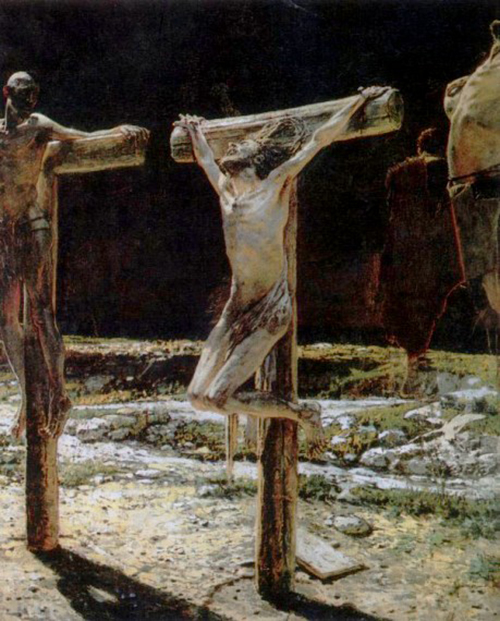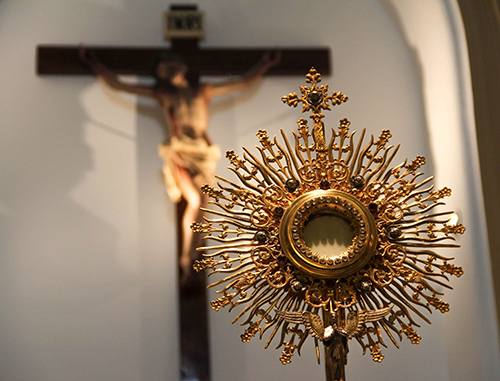
In the third book of JRR Tolkien’s Lord of the Rings trilogy there is a scene that captures something of the joy experienced by the disciples when the resurrected Jesus appeared to them.
The realm of the Dark Lord, Sauron has been destroyed, and against all hope the world has been saved, at least for the time being.
Frodo, the hobbit, and his faithful servant and friend, Samwise, have also been saved. Sam wakes up, smells wonderful perfumes and sees Gandalf, the wizard he thought was dead. Sam gasps,
“Gandalf! I thought you were dead! But then I thought I was dead myself. Is everything sad going to come untrue?” “A great Shadow has departed,” said Gandalf, and then he laughed, and the sound was like music, or like water in a parched land; and as he listened the thought came to Sam that he had not heard laughter, the pure sound of merriment, for days upon days without count. It fell upon his ears like the echo of all the joys he had ever known. But he himself burst into tears. Then, as sweet rain will pass down a wind of spring and the sun will shine out the clearer, his tear ceased, and his laughter welled up, and laughing he sprang from his bed.
“How do you feel?” he cried. “Well, I don’t know how to say it. I feel, I feel” – he waved his arms in the air – “I feel like the spring after winter, and the sun on the leaves; and like trumpets and harps and all the songs I have ever heard!”



